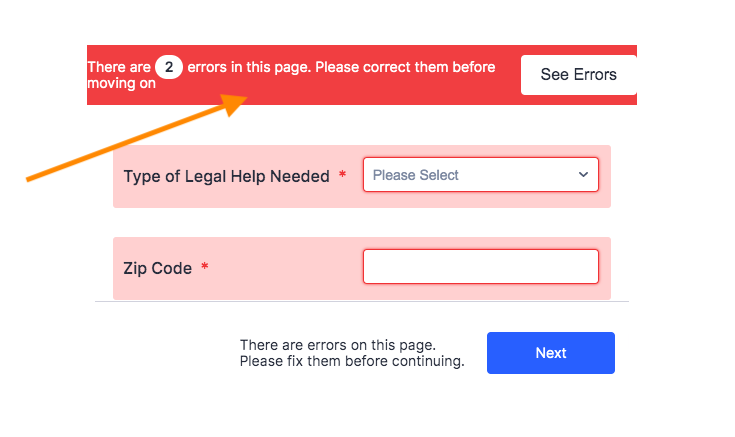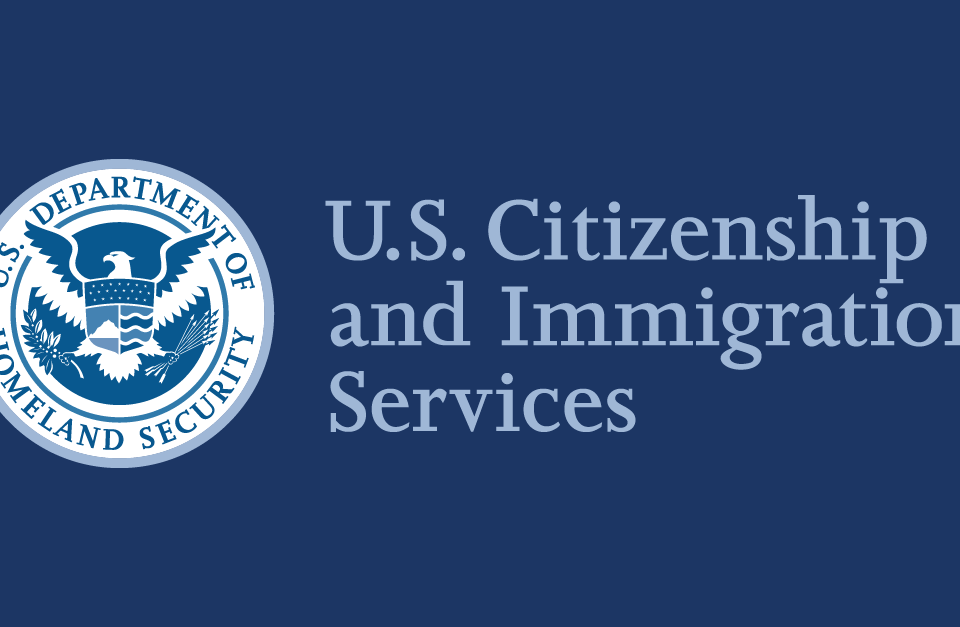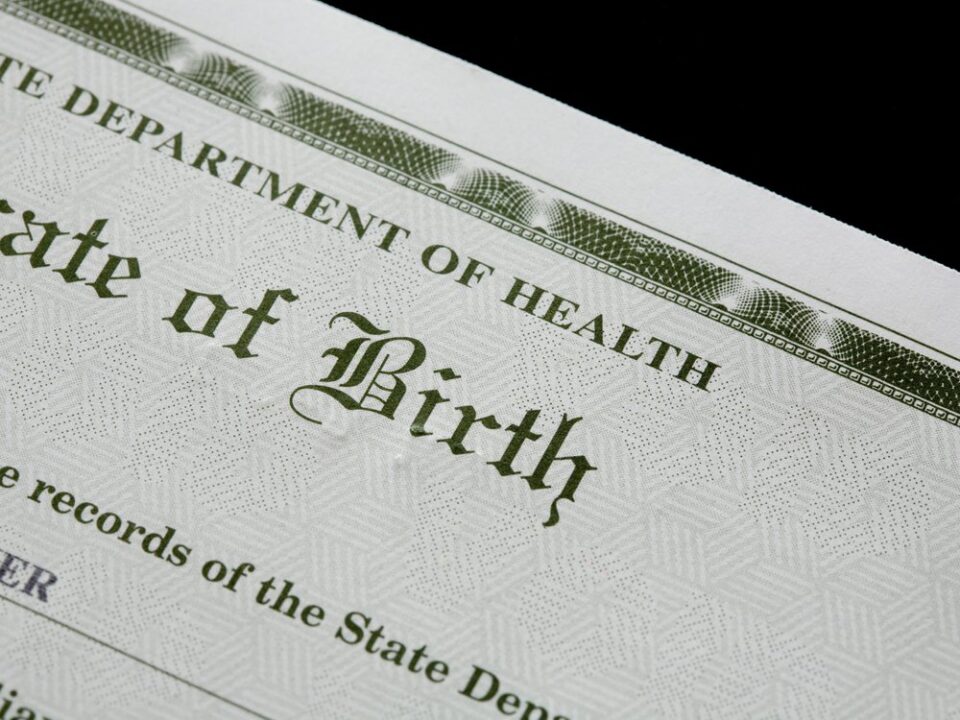
How Can Nigerians Obtain a Work-Based Green Card (H1B)
April 25, 2019
What Are the Requirements for Australian Immigration in 2019?
June 11, 2019If you intend to travel to Canada, but you are not sure of the immigration class that is ideal for you, you can consider the Provincial Nominee Program (PNP). Though the immigration process could generally be confusing, equipped with the right information, you would find this program quite straightforward. This article talks about all you need to know about the PNP permanent residency for your Canada immigration plans.
The Provincial Nominee Program
Canada welcomes applications for permanent residency from individuals that have education, abilities, and work experience, through which they can contribute their quota to the Canadian economy.
The PNP enables provincial as well as territorial governments to select potential Canada-bound immigrants, based on the economic needs of the territory or province. Each province and territory formulates its own processes and requirements through which it chooses its nominees. Also, each Canadian province and territory try nominating candidates that would most likely be able to effectively settle into the economic life as well as the social life of the region.
To apply to the Provincial Nominee Program, you need to
- First, apply to the province/territory which you intend living in and being nominated in
- After your nomination by a province or territory, you need to submit your application to the Immigration, Refugees and Citizenship Canada (IRCC) to become a permanent resident. Your PNP application will then be evaluated by an IRCC officer, based on Canadian immigration rules.
These steps are expatiated below:
Step One: Check Your Eligibility
To apply to immigrate to Canada using the PNP route, start by determining whether you are eligible for the program or not.
In doing this, you should keep in mind that Quebec has its own distinct rules and requirements for accepting provincial nominees, different from those of the other provinces and territories.
Besides, the provinces taking part in the Provincial Nominee Program have different eligibility requirements. Try to visit the website of the province you are interested in to check your eligibility. Also, note that the requirements are subject to change without notice, so you need to keep checking their site regularly during your application process.
Step Two: Get Started with the Application Process
2 stages are involved in the PNP application process, and there are 2 streams of the program application, Express Entry as well as non-Express Entry.
Express Entry allows skilled workers to emigrate to Canada in a quick manner, while the non-Express Entry stream is meant for applicants that aren’t skilled workers. Irrespective of which of the stream’s eligibility requirements you satisfy out of the 2, the first stage is to select where you would like to live in Canada you want to live and submit an application through the PNP.
The second stage is dependent on your application getting approved to the Provincial Nominee Program. After your nomination by a province/territory, you will now apply to the IRCC to acquire permanent residency. You will require a police background check and a medical exam as part of the application process. Every immigrant has to undergo these 2 checkups, regardless of where they choose to live in Canada.
Step Three: Check Application Processing Times Online
If you are applying via the non-Express Entry stream, you can determine online how long the processing of your application will take. The procedure which the Canadian government employs for processing immigration applications has gone through some changes. Until the end of the year 2015, the processing of visa applications was normally done at the visa office that was the closest to the applicant.
But that is no longer possible as the government of Canada can transfer workloads to other offices, which means processing times that are showed online will have more accuracy. The government also post weekly updates on processing times for the non-Express Entry stream. And the system is optimized for your smartphones/tabs, so you won’t need a computer to check.
Your application should get processed within 6 months or earlier.
Step Four: What Is Next After Submitting Your Application?
After submitting your PNP application, a number of things will happen.
The first thing is that the Canadian government will acknowledge the receipt of your application by agents at its offices. You will now receive a letter that stating that the application is being assessed by the government, irrespective of whether you submitted it via the Express Entry or the non-Express Entry stream. If the application isn’t complete, it will be rejected by the government and your money will be refunded.
If you applied via the latter stream, you would be informed when to provide a police background check as well as the results of a medical exam. (Express Entry candidates must supply these documents during their application process.)
Depending on the information you gave while applying, the Canadian government will determine if you are eligible to come to the country or not. Immigration officials might request further information or documentation from you, and you might be invited for an interview.
If your PNP application is successful, immigration officials will ask you to submit your passport so that they can put your visa in it. Also, they’ll send a confirmation of permanent residence to you. On getting to Canada, you will need the confirmation and your visa.
Your next task now is — preparing for life in the country. Before your arrival in Canada, you might consider reaching out to organizations that help immigrants in settling in Canada. These agencies offer free services about integrating into Canadian society. They can also be of help when you get to Canada.
Step Five: Getting Ready for Your Arrival
If you are in Canada already when you submit an application for permanent residence, the IRCC will contact you to inform you about the next steps you need to take. You’ll either be required to book an appointment at the Immigration, Refugees and Citizenship Canada to supply your documents, or you can cross the border and get into the country again and present your documents to an immigration officer.
If you are not in Canada upon receiving the permanent residency status, once you enter the country, you can see an immigration officer and present the same documents as in this case of the immigrants already in Canada.
Ensure that you stay informed about the latest news, updates on selection criteria as well as applications links.
Need to process admission and get Visa to study abroad? Send us a message now!
info@travelrify.com




